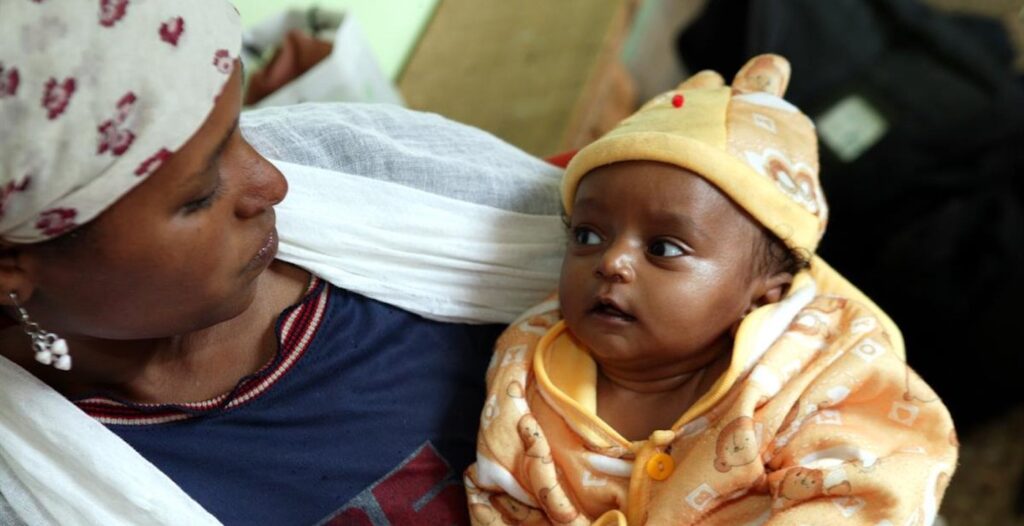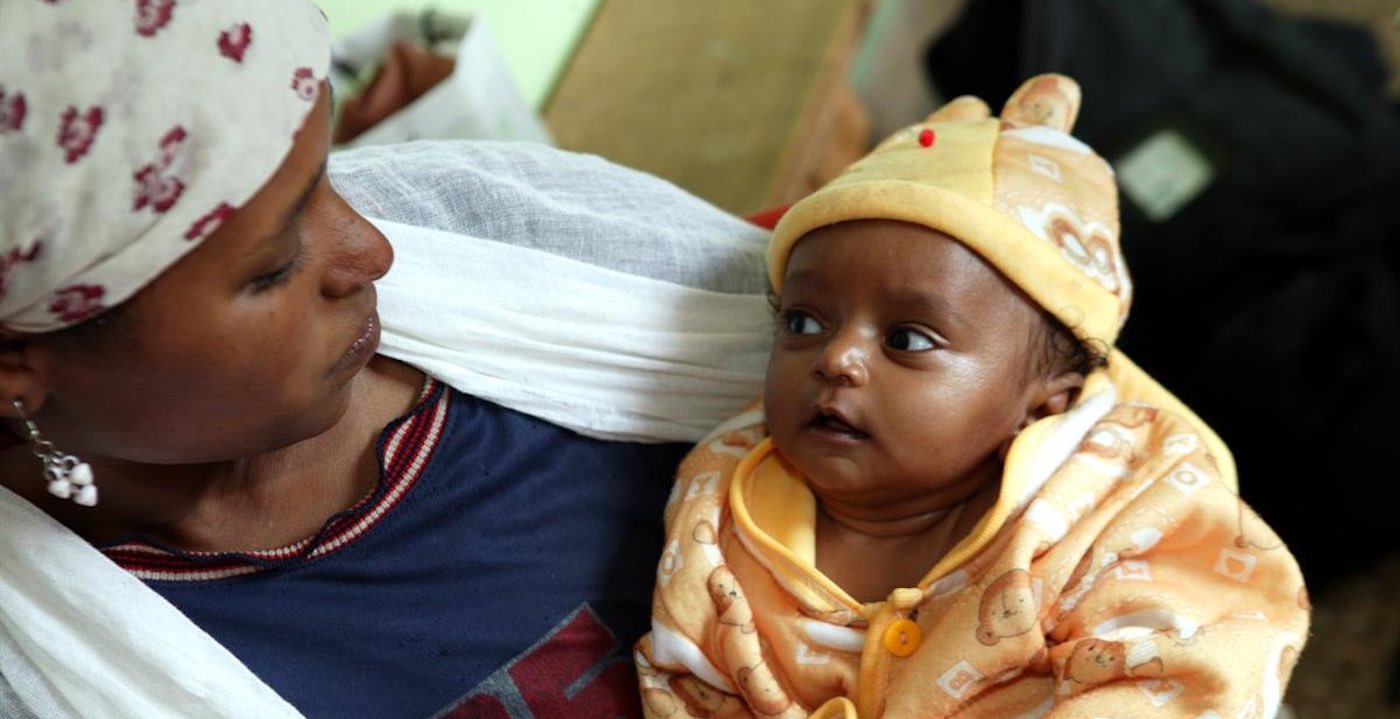Due to a highly effective global vaccine program, the proportion of children under five who are chronically infected with Hepatitis B has plummeted significantly—to just under 1%.

This is down from around 5% in the pre-vaccine era (the period between the 1980s and the early 2000s), according to new estimates from the World Health Organization
Eliminating viral hepatitis has been part of a UN Sustainable Development Goal to “ensure healthy lives and promote well-being for all at all ages” since 2015.
Reaching a rate of under 1% prevalence of HBV infections in very young children is a huge milestone that brings the world closer to the UN aim of ending hepatitis by 2030.
“No infant should grow up only to die of hepatitis B because they were not vaccinated─today’s milestone means that we have dramatically reduced the number of cases of liver damage and liver cancer in future generations,” said public health researcher Dr Tedros Adhanom Ghebreyesus.
“Preventing mother-to-child transmission of hepatitis B is the most important strategy for controlling the disease and saving lives. Even in the midst of the COVID-19 pandemic, we must ensure that mothers and newborns have access to life-saving services including hepatitis B vaccinations.”
The World Health Organization (WHO) is now calling for united and stepped-up action to build on this achievement through intensified efforts to prevent mother-to-child transmission of HBV through testing pregnant women and provision of antiviral prophylaxis to those who need it and maintaining and expanding access to hepatitis B immunization and birth dose vaccine.
Preventing Hepatitis B
Infants can be protected from HBV through a safe and effective vaccine that provides over 95% protection against infection.
WHO recommends that all infants receive a first dose of the hepatitis B vaccine as soon as possible after birth–preferably within 24 hours–followed by at least two additional doses.
RELATED: Scientists Make Giant Leap in Diagnosing Liver Disease By Using The Natural Gut Microbiome
The scale-up of hepatitis B vaccine worldwide over the last two decades, which has been in large part due to the support provided by Gavi, the Vaccine Alliance, has been a great public health success story and contributed to the decrease in HBV infections among children.
In 2019, coverage of three doses of the hepatitis B vaccine during childhood reached 85% worldwide, up from around 30% in 2000.
However, access to the first critical dose within 24 hours of birth remains uneven. Global coverage of this birth dose is 43%, but this drops to 34% in the WHO Eastern Mediterranean Region and only 6% in the WHO African Region.
“Expanding access to a timely birth dose of the hepatitis B vaccine is the cornerstone of efforts to prevent mother-to-children transmission of HBV. For countries especially in regions such as sub-Saharan Africa, where the birth dose of hepatitis B vaccine has not yet been introduced, it is a priority to assure that protection as early as possible,” said Dr Meg Doherty, Director of Global HIV, Hepatitis, and STI Programs.
Eliminating mother-to-child transmission of HBV is also an important stepping stone for reaching the targets of WHO’s global hepatitis strategy, which aims to reduce new hepatitis infections by 90% and deaths by 65%, compared to 2015 levels.
We’ll continue to share hopeful health news from around the world as it comes in.
(Source: WHO)
SHARE the Good News With Friends On Social Media…




















